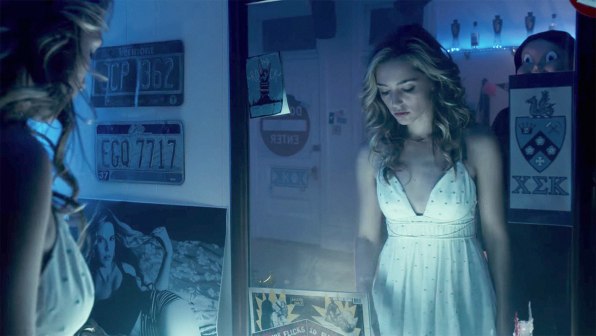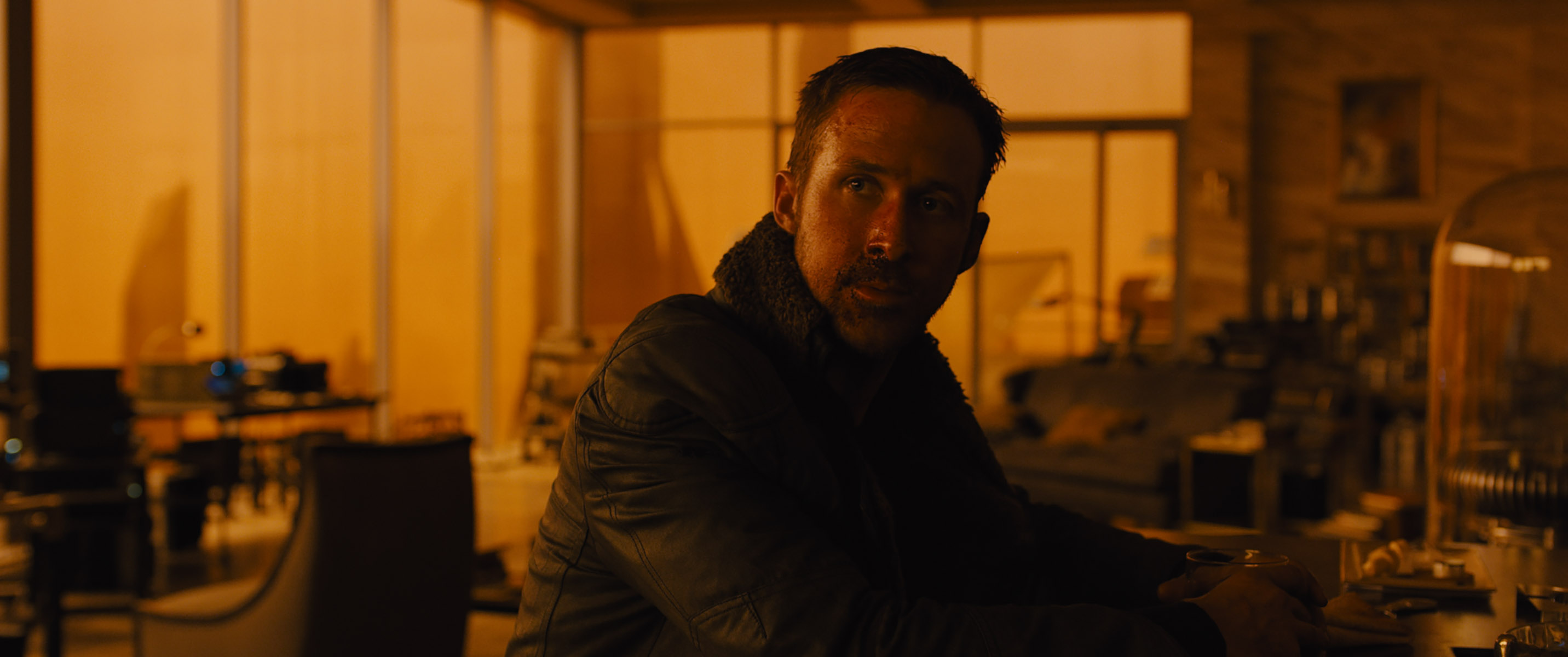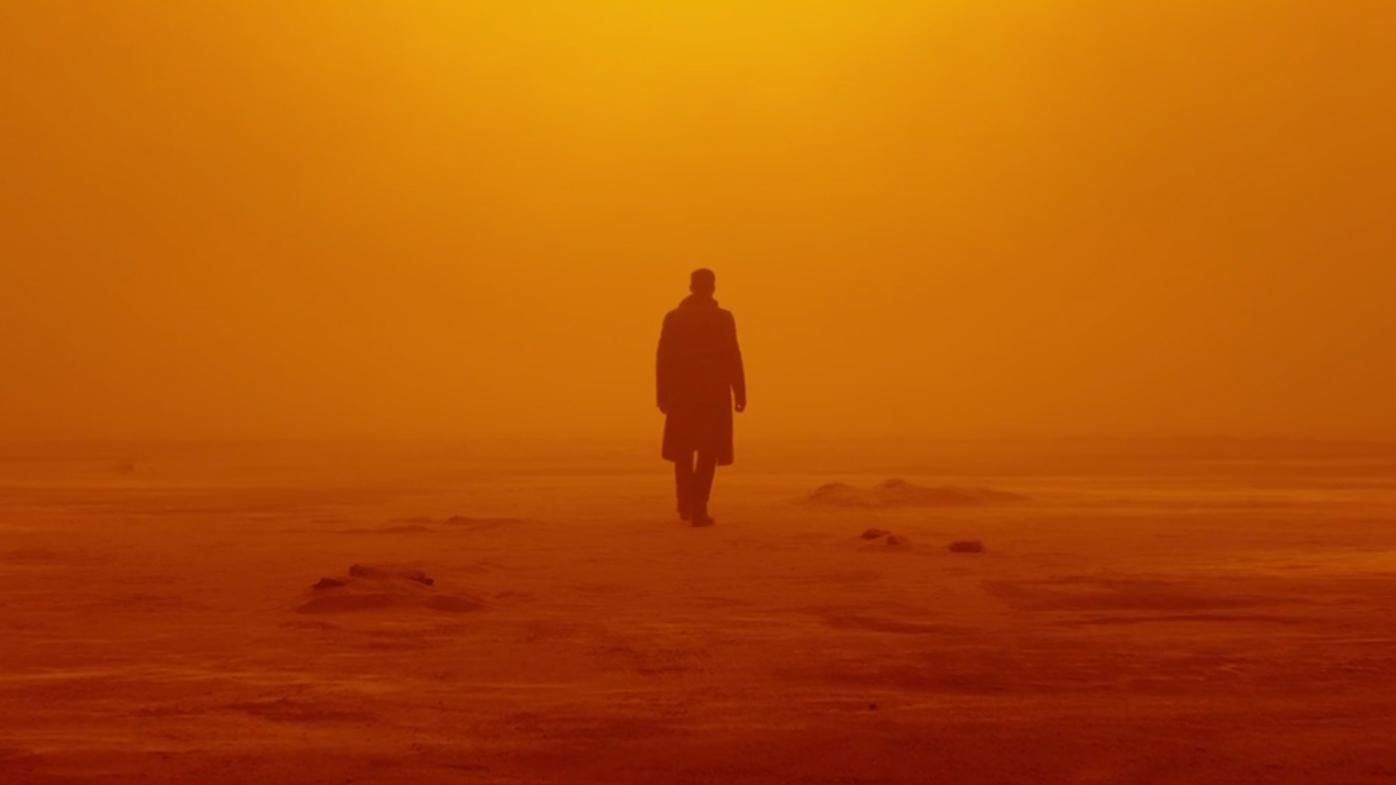Grade: C+
“Thor: Ragnorak” (the latest entry in the ever expanding
Marvel Cinematic Universe) is at its most fun when the action takes place two
or three realms away from the usual noise and CGI chaos that plagues the MCU. The
middle chunk of the film (directed by New Zeland born up and comer Taika
Waititi) takes place in a bizarre alien settlement known as Sakaar. There’s a
massive junk pile wherein garbage from other realms are dumped via portal as
well as a futuristic city with skyscrapers.
After a slightly tedious set up that prepares us for the
predictable MCU movie “Thor: Ragnorak” is inevitably going to turn into, the God
of thunder Thor (Chris Hemsworth) finds himself in a Sakaar. He’s hammerless,
fatherless and in the captive hands of Grandmaster, (Jeff Goldblum being his
usual Jeff Goldblum-y self) a kooky, deranged fellow with jelled grey hair, a
blue soul patch and a gold bathrobe. Thor faces off in a gladiator style death
match against his old friend and co Avenger The Incredible Hulk, aka Bruce
Banner (Mark Ruffalo) who has, since the last “Avengers” film, gone mad and
become a Sakaarian gladiator legend. At one point, Sakaarian citizens dance in
the street wearing Hulk costumes and blow green powder into the air. “Dear
White People” actress Tessa Thompson also makes her superhero film debut as an
alcoholic Valkyrie warrior that downs half gallons like water.
Like the “Guardians of the Galaxy” movies, “Thor: Ragnorak”
benefits from being gleefully weird and isolated from the rest of the MCU. Amidst
the political intrigue involving Captain America and Tony Stark, it’s nice to
be blasted off into a strange new world where Jeff Goldblum portrays a
flamboyant weirdo tyrant that forcefully pits two Avengers against each other.
In these scenes, the picture plays like a goofy, freewheeling spinoff adventure
in the Marvel universe: “Thor’s Trip to the Outer Rim.” There aren’t any blatant
attempts to set up future “Avenger” films or characters.
The movie also benefits from the hotheaded comedic chemistry
of Thor and Hulk, an excellent comic duo you probably hadn’t considered before.
“Thor: Ragnorak” goes full on comedy, which is for the best considering these
films involve literal Nordic Gods and other mythical beings fighting one other.
Waititi and screenwriters Eric Pearson, Craig Kyle and Christopher Yost keep
the jokes coming at rapid-fire speed. Everyone is so casual and snarky about
everything. Yet to the filmmakers’ credit, the humor never hinders the action
or stalls the pace.
Unfortunately, it’s not long before Thor, Hulk, the Valkyrie
and Thor’s mischievous brother Loki (oh yes, Loki’s back and Tom Hiddleson is
back to play him) must team up and go back to Asgard to save the universe from
a supervillian and her undead horde. That villain is Thor’s spiteful older
sister Hela (Cate Blanchett, whose black eyeliner, armor and headdress gives
her the appearance of a gothic deer) who wants to conquer Asgard and take over
the rest of the universe. Why do these
movies always have to come back to the world being in danger? Why can’t Thor
just be tired of doing Avenger stuff, go soul searching in the universe
somewhere and end up as a gladiator slave? Why couldn’t the film be an offbeat,
intergalactic, superhero riff on “Spartacus”? Why couldn’t there be a final confrontation
between Thor and bizarro Jeff Goldblum? I wanted Waititi to stay in Sakaar and
explore its eccentric texture and junk piles a little more. It’s far more
exciting than the massive CGI battle that occupies the final third of this
movie.
Aside from being rote, there’s no dramatic weight behind Hela’s
threat to Asgard. Making a full on superhero comedy is great but you’re not
going to also convince me that an entire race of people (the common folk of
Asgard) is in any sort of real danger. I
imagine Waititi knows that and yet he still has to go through the bland motions
out of professional obligation. The film goes from being silly and spontaneous
to exhaustingly predictable. I felt like I could have got up and left the movie
during this climax and not really missed anything. “Thor: Ragnorak” is a fun
diversion until it has to turn into the same old superhero film.







